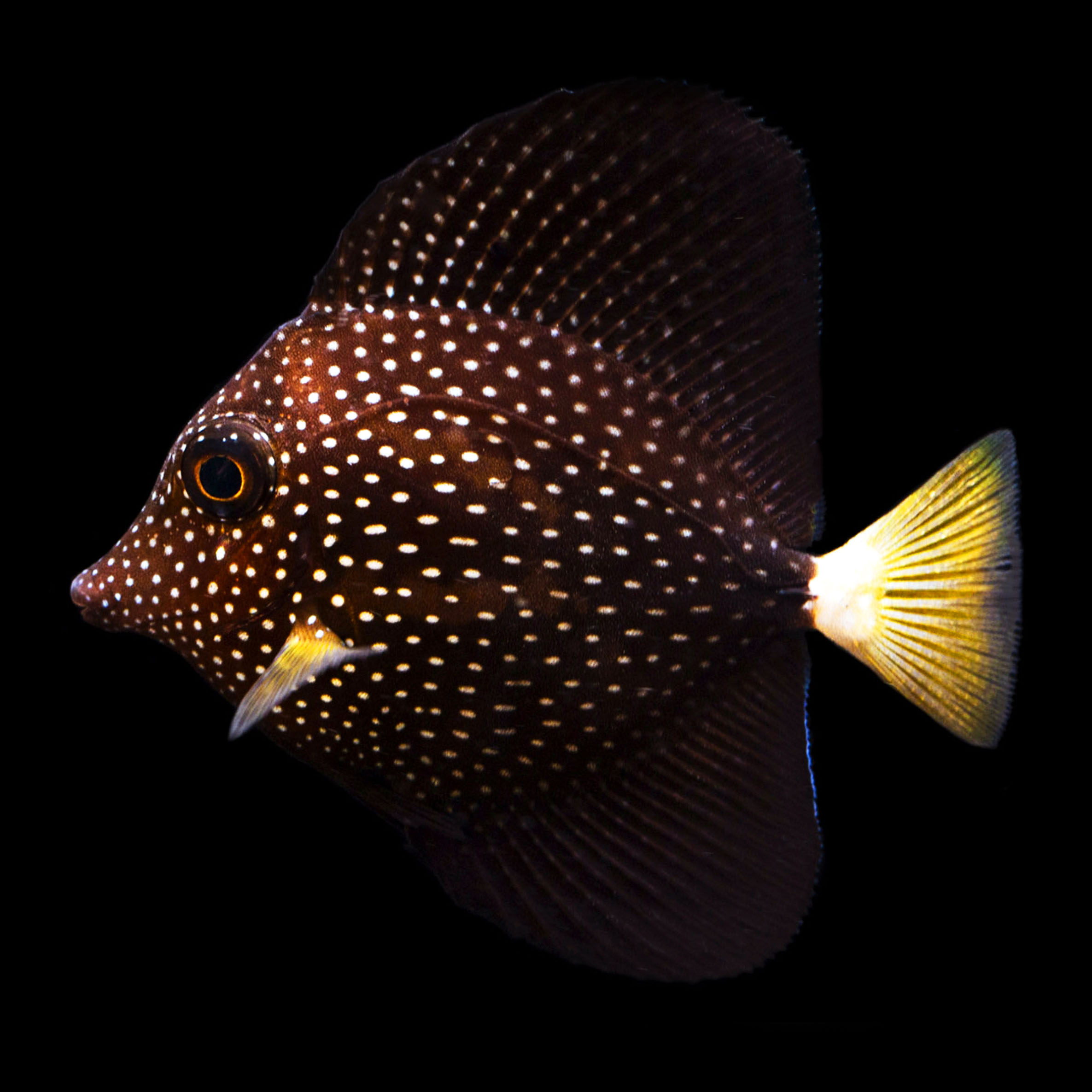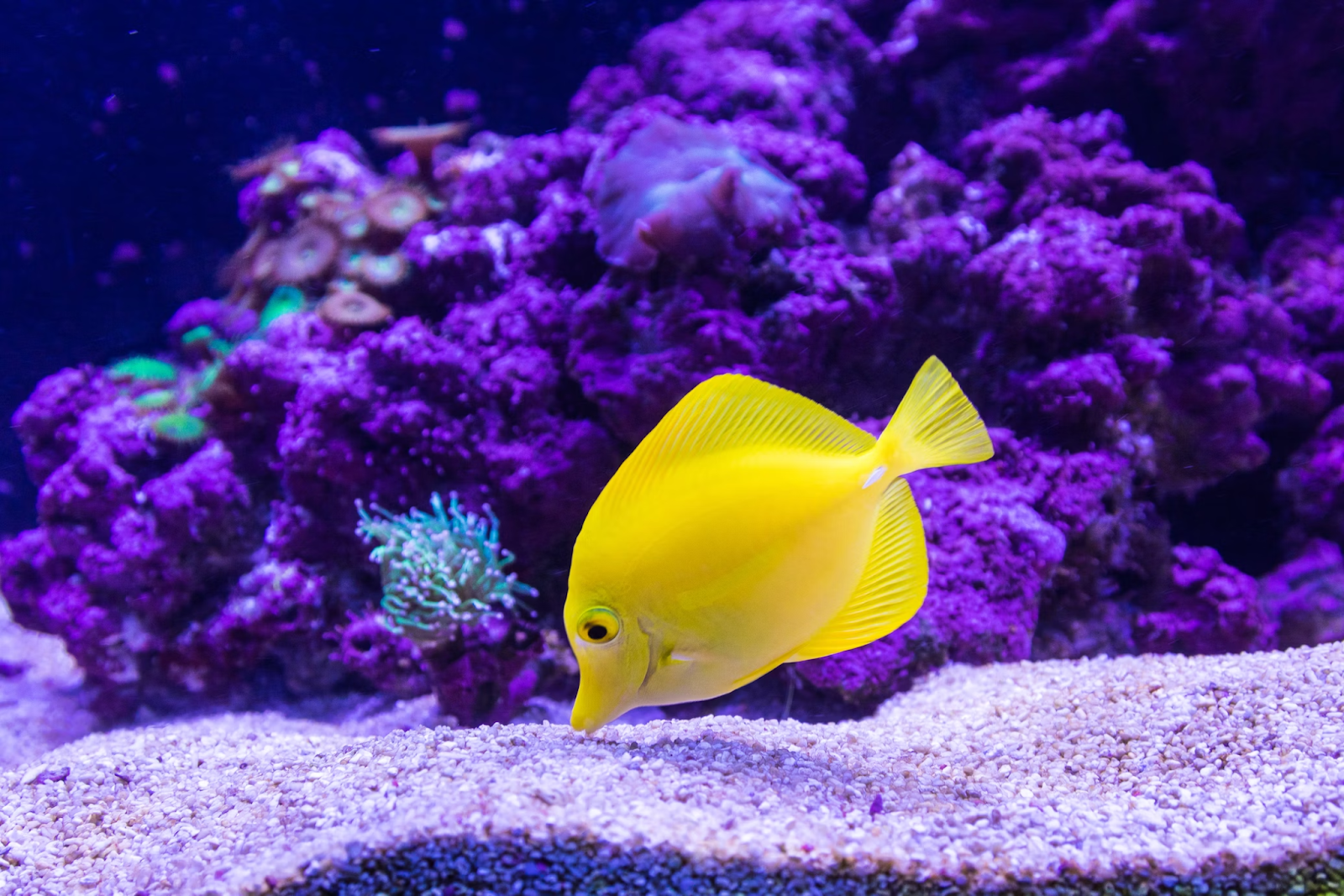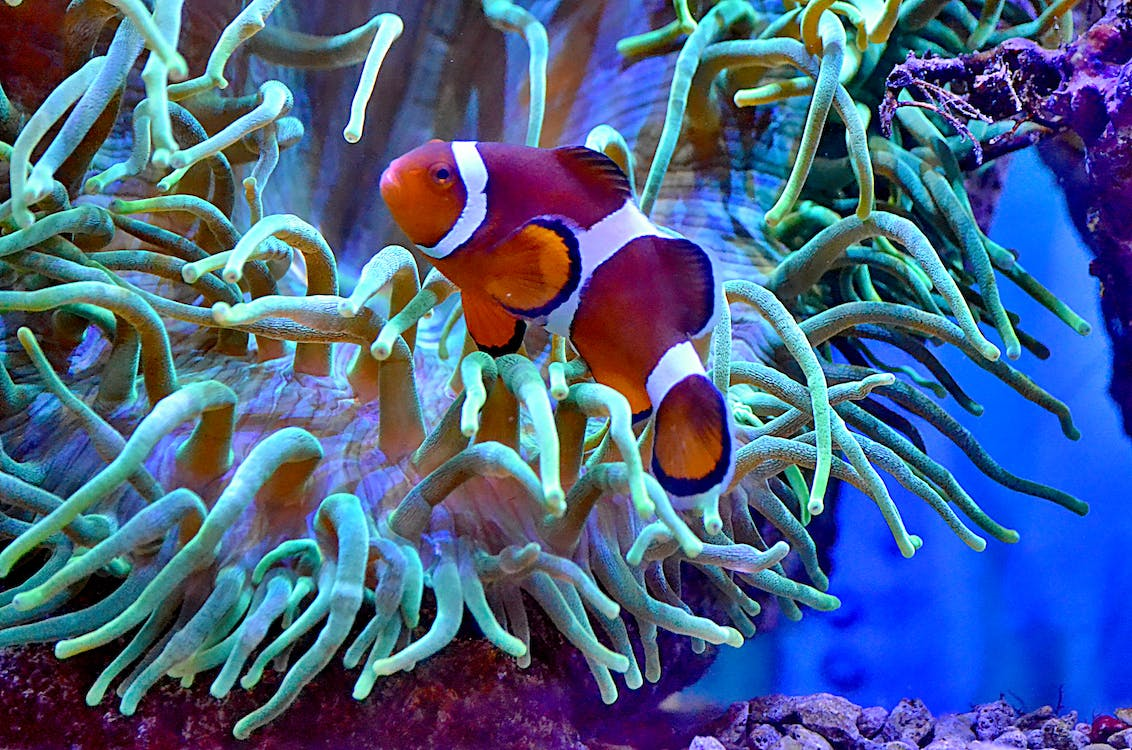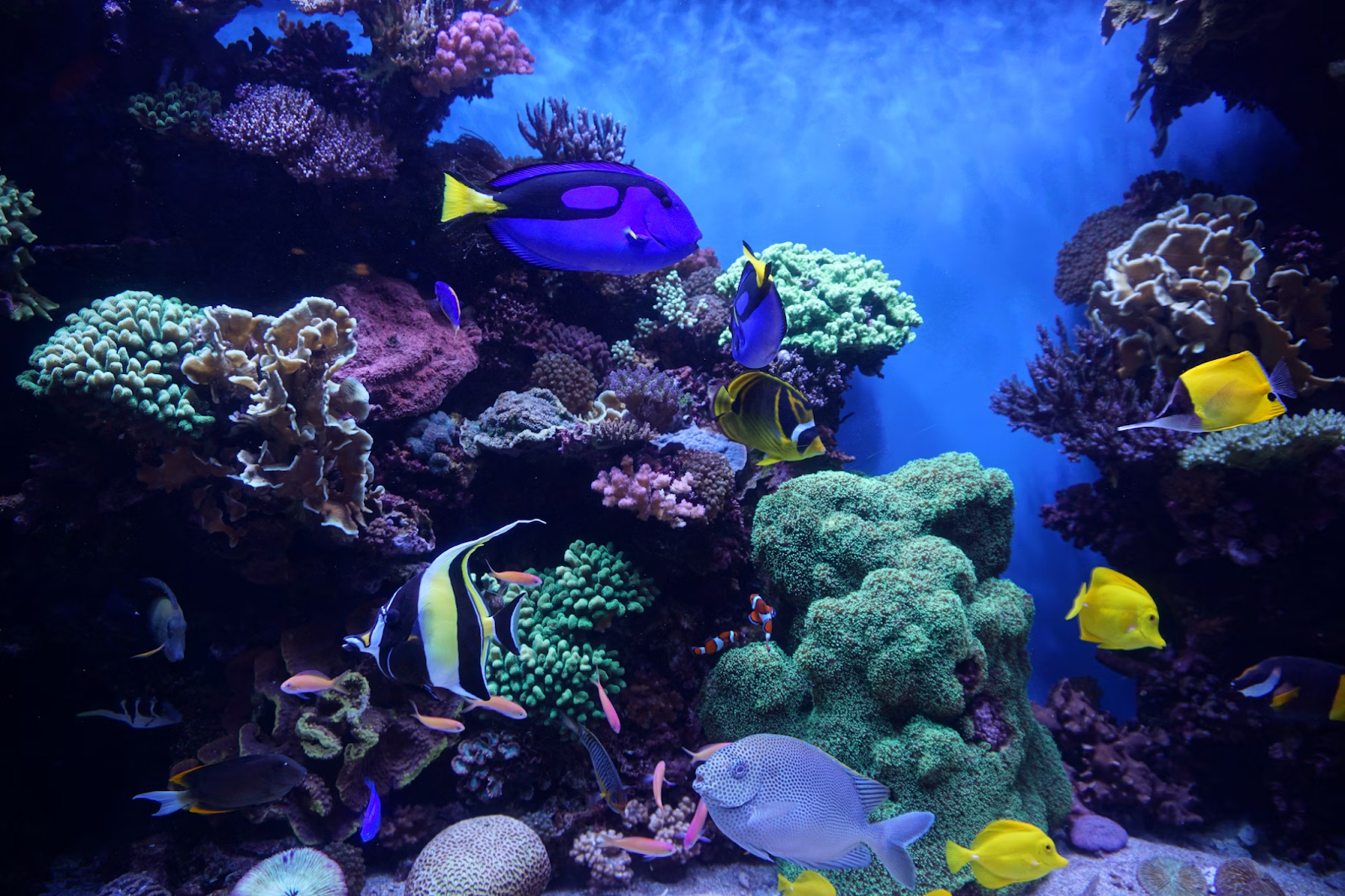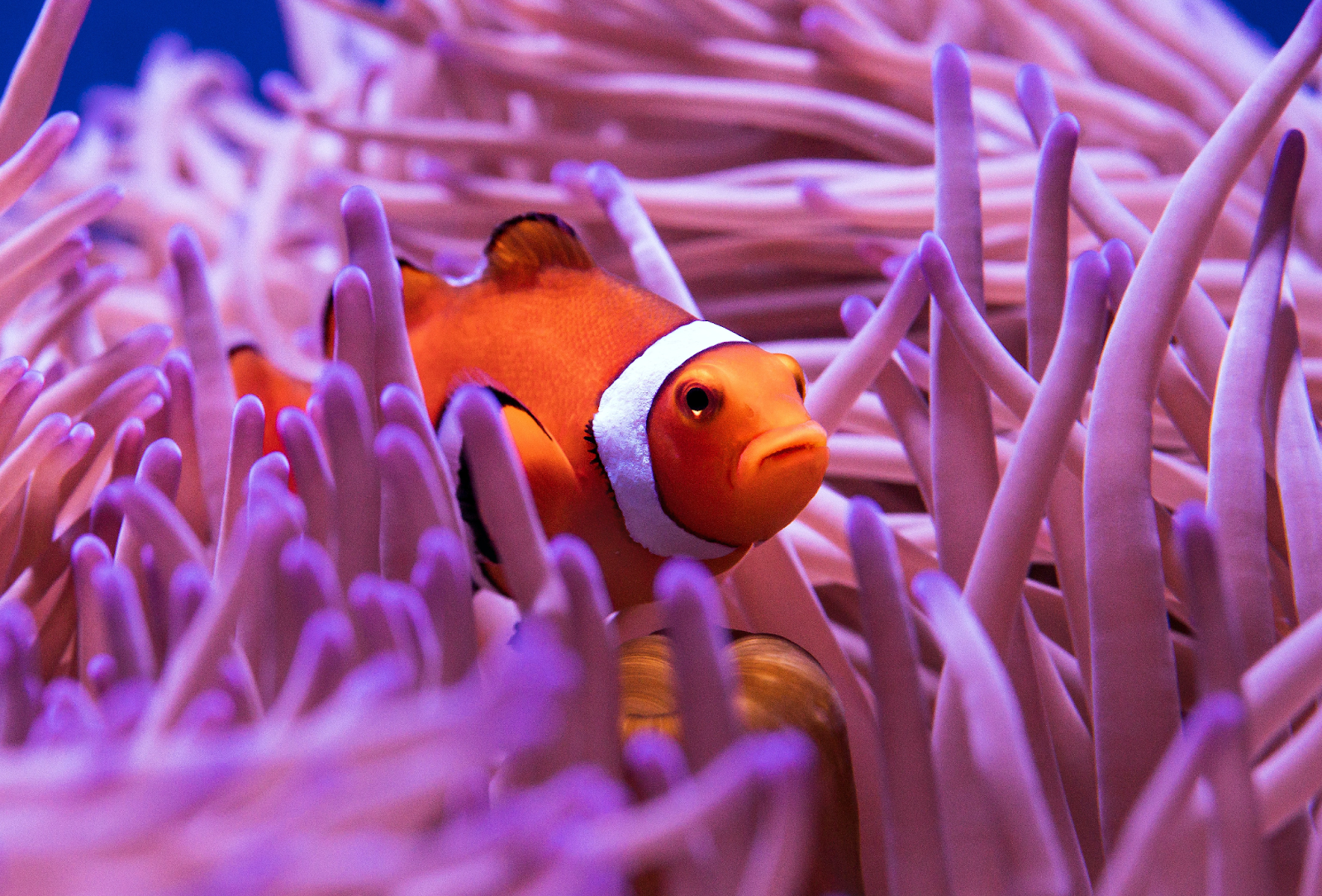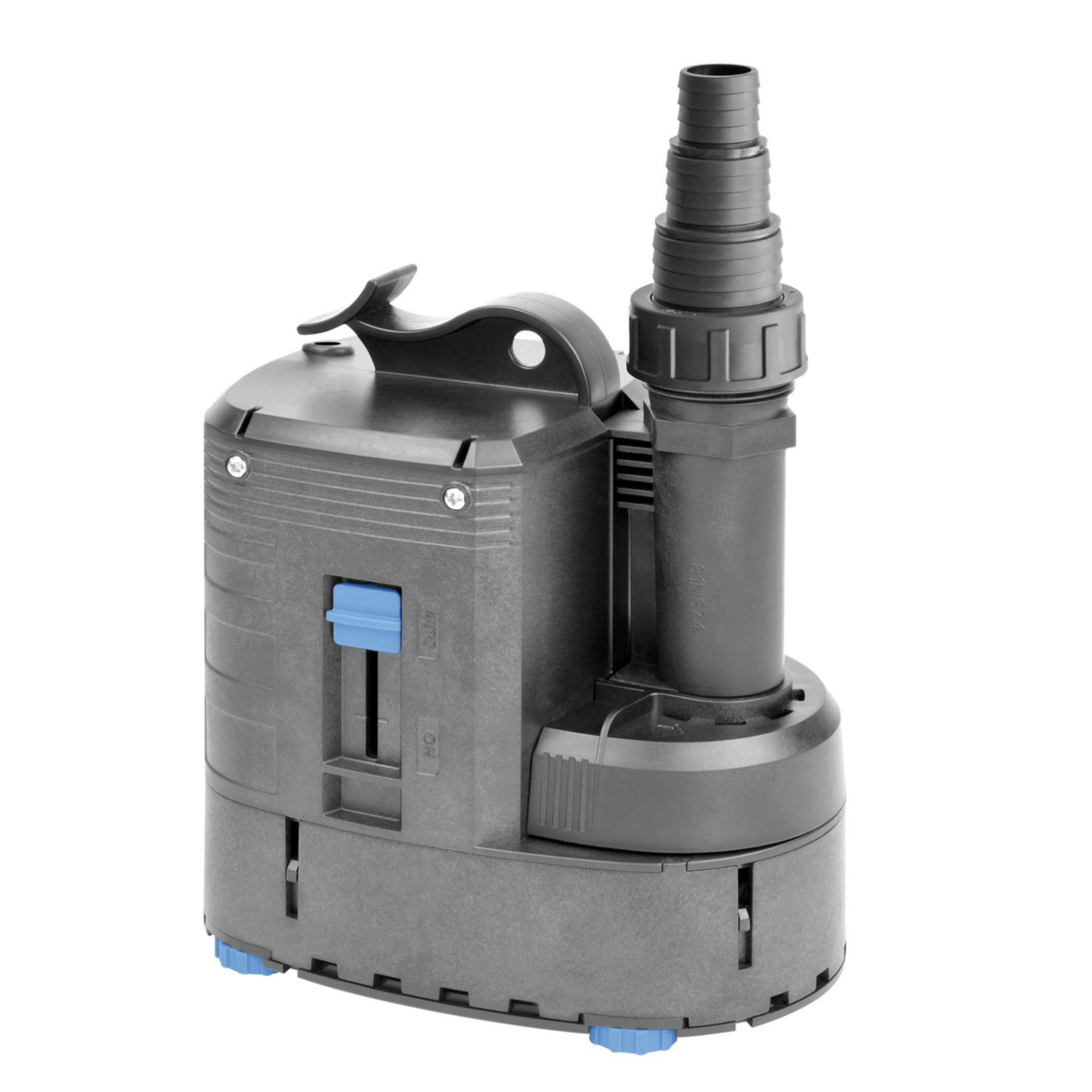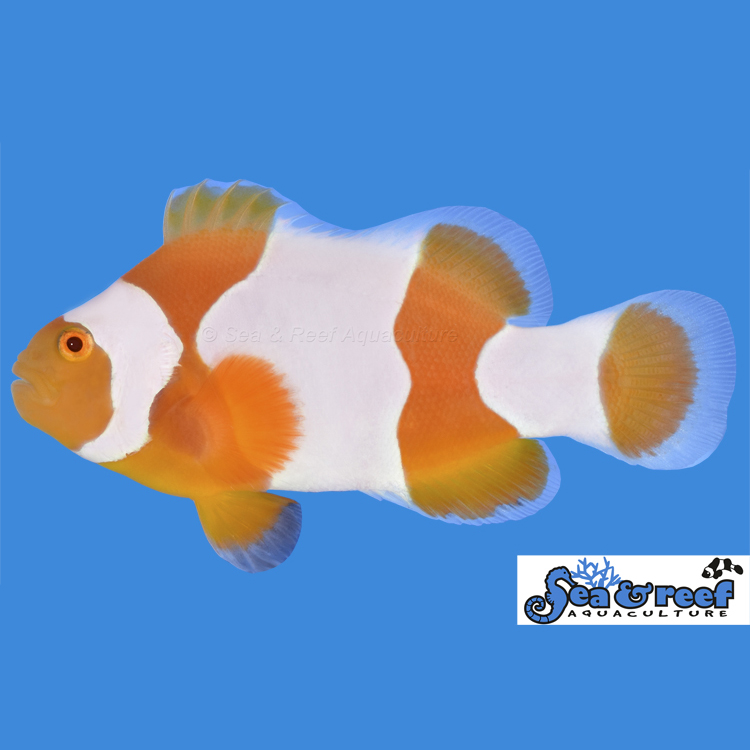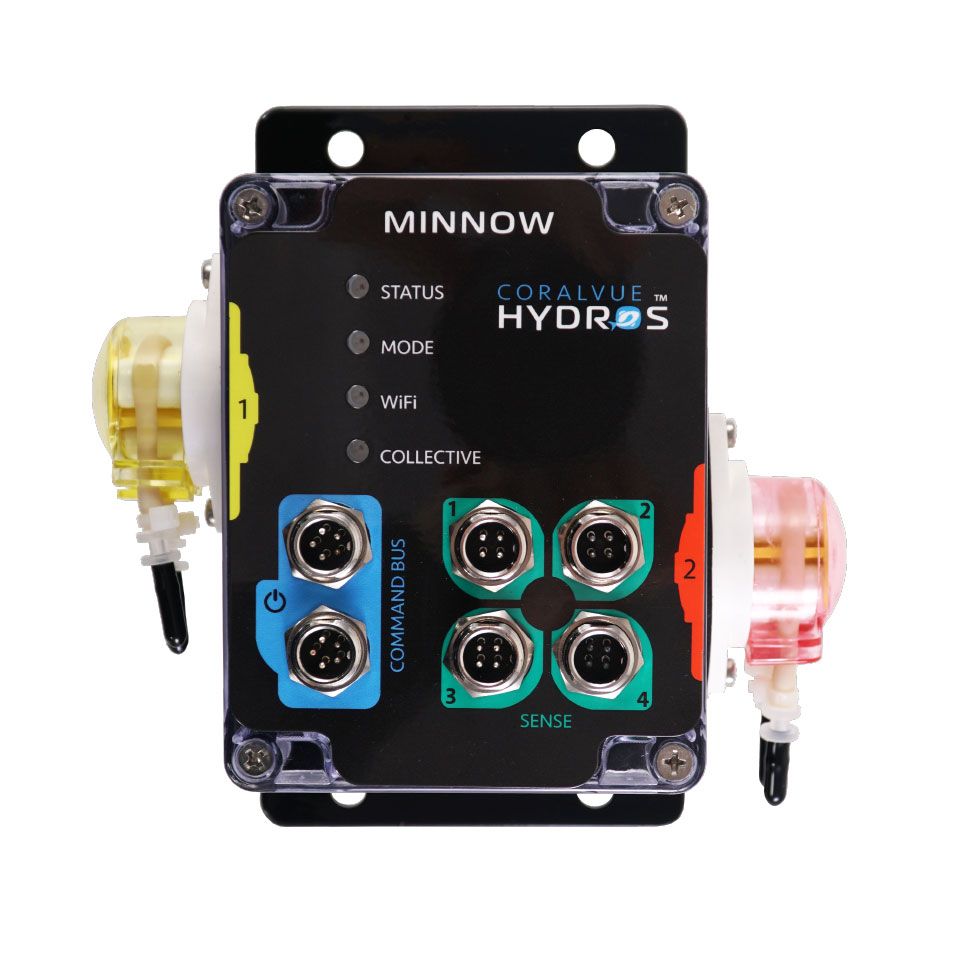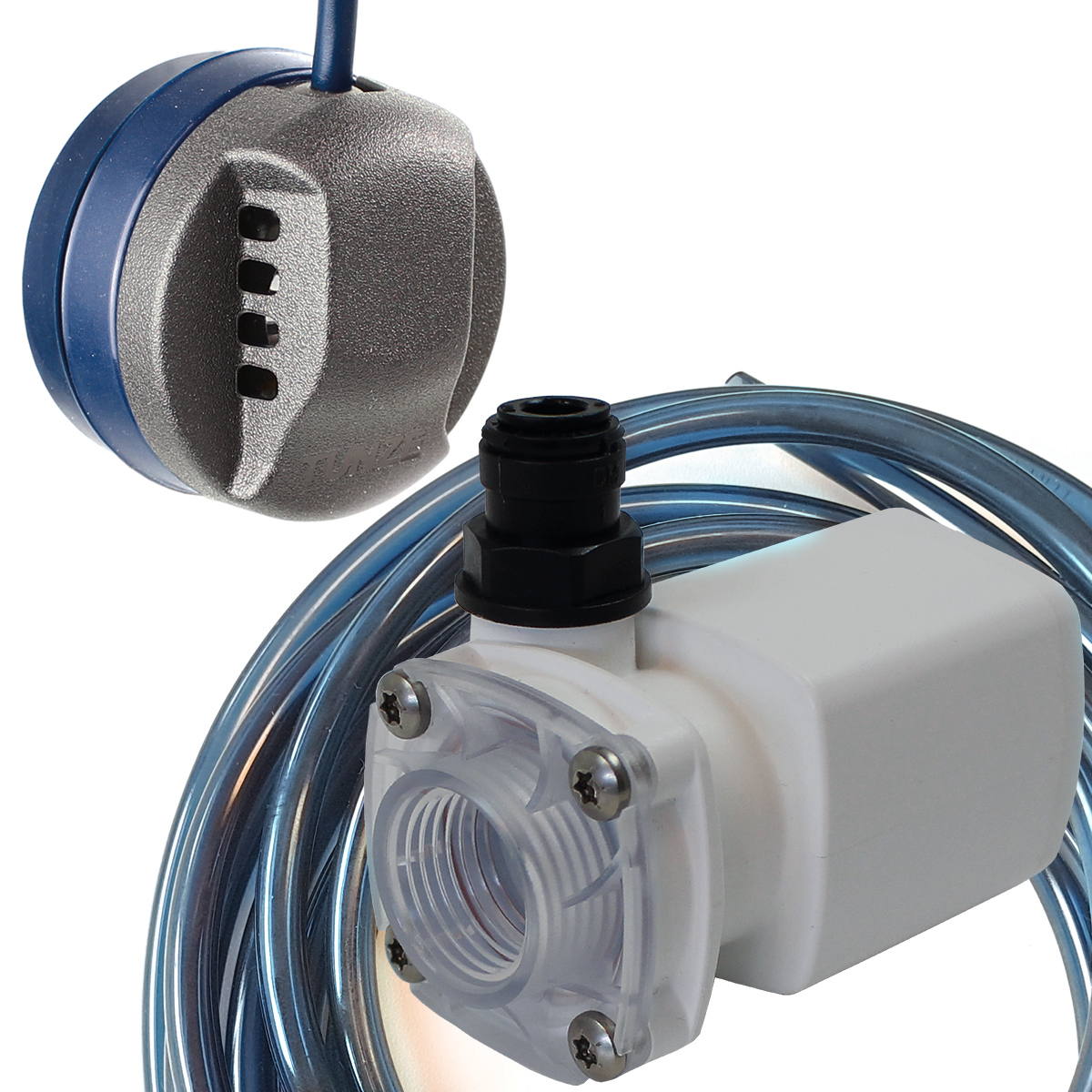Gem Tang, scientifically known as Zebrasoma gemmatum, is a amazing tan species that highly sought after by aquarium enthusiasts. Native to the pristine waters of the Indian Ocean, specifically around the island of Madagascar, Gem Tangs are prized for their striking appearance and peaceful demeanor. In this article, we'll look at aspects of caring for Gem Tangs, by making it easier for hobbyists to consider adding these beautiful fish to their fish only aquarium or reef tank.
Latin Name: Zebrasoma gemmatum
Origin and Collection: Gem Tangs are primarily found in the Indian Ocean, particularly around Madagascar. They inhabit coral-rich areas in shallow reefs, often seeking shelter among rocks and crevices. Due to their specific habitat requirements and restricted distribution, Gem Tangs can be challenging to obtain at your average local fish store. Thus, reputable aquarium stores like Aquarium Specialty are crucial in sourcing these fish responsibly.
Average Lifespan: In optimal conditions, Gem Tangs can live for an average of 10 to 15 years. However, their lifespan heavily depends on the quality of care provided, including water parameters, diet, and tank mates.
Aquarium Difficulty: Keeping Gem Tangs in an aquarium requires a moderate to high level of expertise. These fish have specific requirements regarding water quality, temperature, and tank setup. Maintaining stable water parameters, including temperature (around 75-82°F or 24-28°C) and pH (8.1-8.4), is vital for their well-being. Additionally, providing ample space and hiding spots in the aquarium mimicking their natural habitat is necessary to reduce stress.
Fish Compatibility: Gem Tangs are generally peaceful fish but can exhibit territorial behavior towards similar species. It's recommended to keep them in a tank or with other peaceful species that won't compete for territory or food but it is easly possible to keep these fish together with many other tang species in larger aquariums. Aggressive tank mates should be avoided to prevent conflicts and ensure the well-being of the Gem Tangs.
Diet: Gem Tangs are primarily herbivores, feeding on various types of algae and marine vegetation in the wild. In captivity, their diet should be supplemented with high-quality seaweed and algae-based foods. Offering a diverse diet consisting of spirulina flakes, seaweed sheets, and occasional treats like mysis shrimp or brine shrimp will help ensure their nutritional needs are met.
Algae Control: Gem Tangs are primarily herbivores, with a natural diet consisting of various types of algae and marine vegetation. In a reef tank, where algae growth can sometimes be an issue, Gem Tangs can play a crucial role in algae control. Their constant grazing helps keep algae growth in check, making smaller sized Gem Tangs a beautiful addition to reef aquariums of 75 gallons and larger.
Maximum Size: Gem Tangs can grow up to 8 inches (20 centimeters) in length when fully mature. Providing adequate space in the aquarium is crucial to accommodate their growth and prevent overcrowding.
Availability and Pricing: Due to their limited availability and high demand, Gem Tangs can be quite expensive. However, Aquarium Specialty may offer some of the best pricing on healthy Gem Tangs in the United States.
Gem Tangs are undoubtedly a stunning addition to any saltwater aquarium, captivating observers with their striking appearance and help with nuisance algae as part of your clean up crew. While they require diligent care and attention, the rewards of keeping these magnificent fish are well worth the effort. By understanding their specific needs and providing a suitable environment, aquarium hobbyists can enjoy the beauty of Gem Tangs for years to come.




